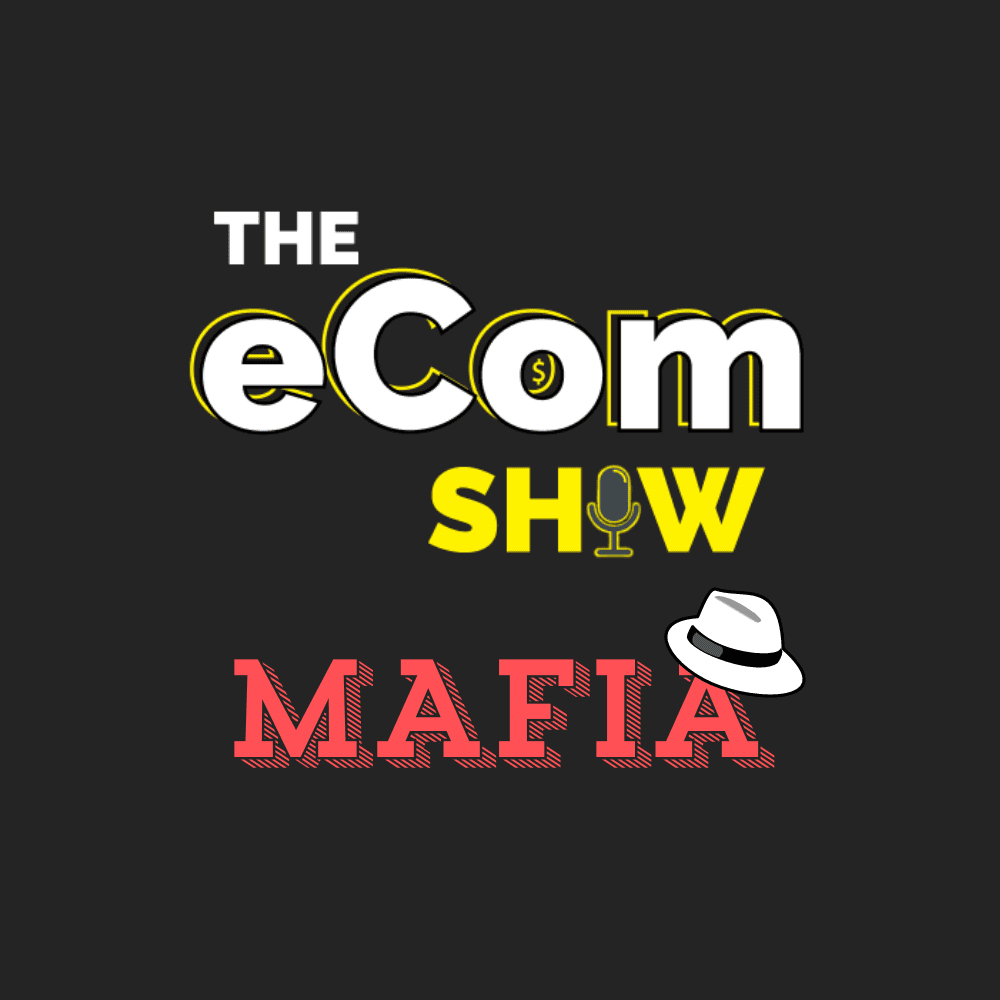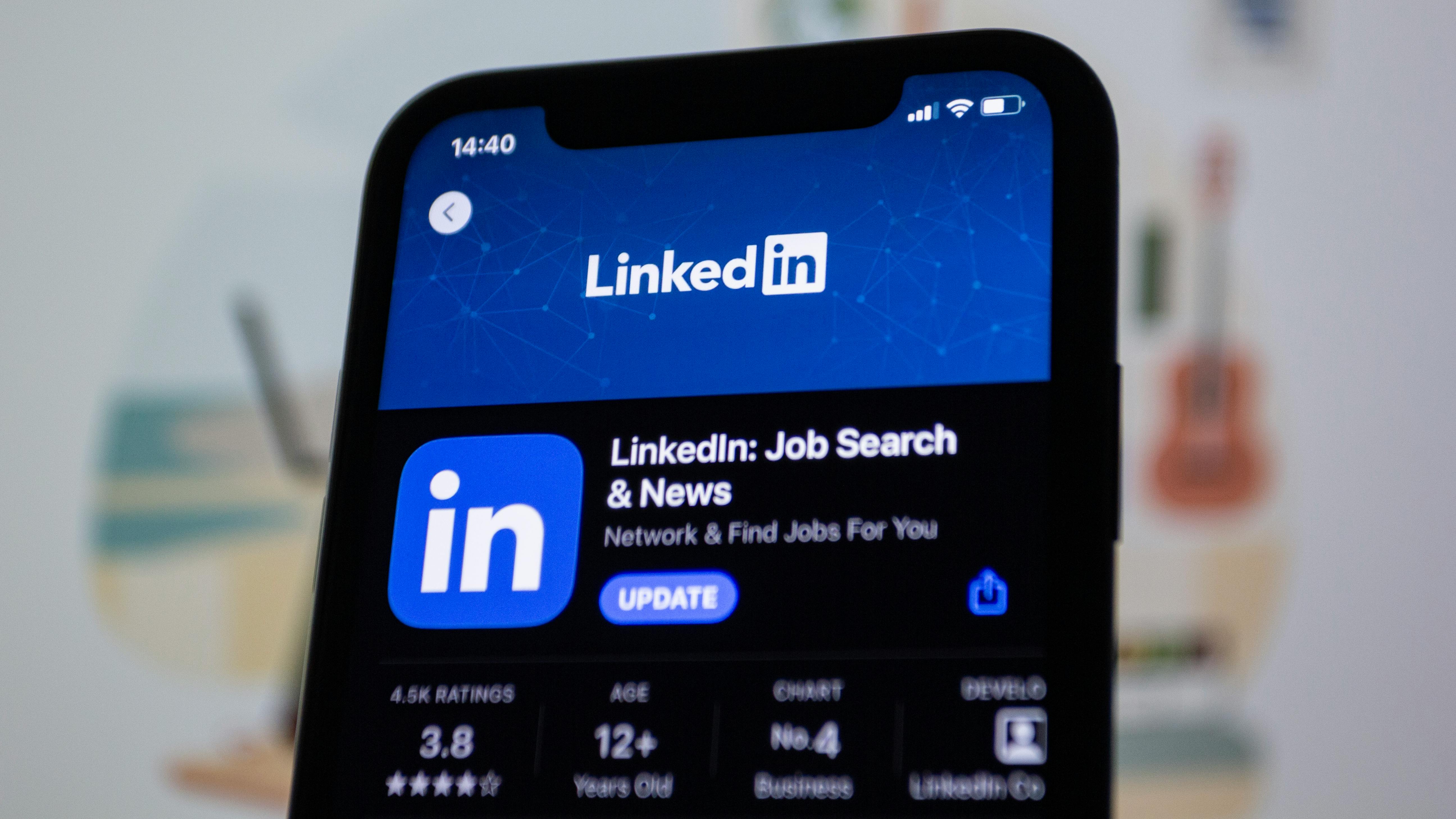Scaling Luxury D2C Brands: Expert Insights and Proven Strategies for Success
Scaling Luxury D2C Brands: Expert Insights and Proven Strategies for Success




The eCom Mafia
The eCom Mafia
Discussions
Discussions
•
May 31, 2025
May 31, 2025
The luxury e-commerce landscape presents unique challenges that require specialized approaches to achieve sustainable growth. Recently, members of The eCom Mafia community shared valuable insights on scaling luxury direct-to-consumer (D2C) brands, particularly in the clothing and lifestyle segments. Here's a comprehensive breakdown of their expert advice and proven strategies.
The Luxury D2C Challenge: Standing Out in a Crowded Market
Bilna Sandeep posed a fundamental question that every luxury D2C brand must answer: "If you are a fashion brand selling shirts for ₹5,000, why would a customer buy from you instead of Zara or other established brands?"
This question cuts to the heart of luxury brand positioning in the digital marketplace. The answer lies not just in product quality, but in creating a compelling brand narrative that justifies premium pricing and builds customer loyalty.
Key Success Factors for Luxury D2C Scaling
1. Brand Positioning and Storytelling
The foundation of any successful luxury D2C brand is strong brand positioning. As one experienced marketer noted, "Your branding and overall brand perception will play a big role. You can have the best ads or media buying tactics, but if the customer cannot understand why they should choose you over an established competitor, you will not be able to scale."
Essential elements include:
Clear brand story and heritage
Compelling value proposition
Consistent luxury messaging across all touchpoints
Professional product display pages (PDP) and landing pages that convey brand values
2. Premium Customer Experience Strategy
Luxury consumers don't just buy products – they invest in experiences. Fawaz Abdul Majeed emphasized that "People do not go for luxury/premium products not just for product quality or 'need'. The whole selling ceremony and purchase journey is an experience."
Key experience elements:
High-quality website design that reflects luxury positioning
Virtual personal shopping appointments (especially popular during pandemic)
Premium packaging and white-glove delivery services
Detailed compliance policies for delivery handling
Integration of advanced technologies like VR and high-quality video consultations
3. Advanced Digital Marketing Tactics for Luxury Brands
For luxury D2C brands with higher price points (AED 1,500 to AED 3,000 per piece), traditional e-commerce strategies require refinement. Akshin Nair, an experienced performance marketer who managed ₹2-3 Cr monthly ad spend for a Dubai-based luxury lifestyle brand, shared these proven tactics:
Meta Platform Strategies:
Instant Experience ads for immersive mobile experiences
Collection ads showcasing luxury product ranges
Catalog ads for sophisticated product-wise remarketing
Google Advertising Approach:
Performance Max campaigns with proper audience signals
Utilization of past customer and purchase data
Product-specific remarketing campaigns
Emerging Platforms:
TikTok advertising (audience-dependent)
Always-on campaigns across different product categories
4. Seasonal Campaign Strategy
Successful luxury D2C brands implement year-round marketing strategies that capitalize on high-intent shopping periods. The recommended approach includes:
Always-on advertising for best-selling products
Dedicated seasonal campaigns every 1-2 months
Participation in major retail events (Dubai Shopping Festival, Summer Sales)
Separate media budgets for seasonal promotions
Online-exclusive offers during peak shopping periods
5. Omnichannel Brand Building
Luxury brand scaling requires both online and offline presence. The most successful approaches combine:
Online Efforts:
Performance marketing campaigns
Content marketing and SEO optimization
Social media brand building
Influencer partnerships
Offline Initiatives:
Celebrity collaborations
Traditional brand awareness campaigns
Physical touchpoints and events
Public relations and media coverage
Product Categories and Pricing Considerations
The discussion revealed insights about luxury fashion items, particularly:
Organic cotton and linen products
Premium pricing ranges (AED 1,500-3,000 per piece)
Sustainable and ethical fashion positioning
Quality materials as brand differentiators
Technology Integration for Luxury E-commerce
Modern luxury D2C brands must leverage technology to create premium experiences:
Virtual reality shopping experiences
High-quality video consultations
AI-powered personalization
Advanced e-commerce platforms with luxury-focused features
Conclusion: The Luxury D2C Success Formula
Scaling a luxury D2C brand requires a holistic approach that goes beyond traditional e-commerce tactics. The insights shared by Bilna Sandeep, Akshin Nair, and Fawaz Abdul Majeed from The eCom Mafia community highlight that success depends on:
Clear brand positioning that justifies premium pricing
Exceptional customer experience at every touchpoint
Advanced digital marketing strategies tailored for luxury consumers
Consistent omnichannel presence both online and offline
Technology integration that enhances the luxury shopping experience
The experts from The eCom Mafia community emphasized that while the luxury market presents challenges, brands that focus on experience, storytelling, and consistent premium positioning can achieve significant scale and sustainable growth.
For luxury D2C brands entering this competitive space, the key is to remember that you're not just selling products – you're selling an experience, a lifestyle, and a story that resonates with discerning consumers willing to pay premium prices for exceptional value.
The luxury e-commerce landscape presents unique challenges that require specialized approaches to achieve sustainable growth. Recently, members of The eCom Mafia community shared valuable insights on scaling luxury direct-to-consumer (D2C) brands, particularly in the clothing and lifestyle segments. Here's a comprehensive breakdown of their expert advice and proven strategies.
The Luxury D2C Challenge: Standing Out in a Crowded Market
Bilna Sandeep posed a fundamental question that every luxury D2C brand must answer: "If you are a fashion brand selling shirts for ₹5,000, why would a customer buy from you instead of Zara or other established brands?"
This question cuts to the heart of luxury brand positioning in the digital marketplace. The answer lies not just in product quality, but in creating a compelling brand narrative that justifies premium pricing and builds customer loyalty.
Key Success Factors for Luxury D2C Scaling
1. Brand Positioning and Storytelling
The foundation of any successful luxury D2C brand is strong brand positioning. As one experienced marketer noted, "Your branding and overall brand perception will play a big role. You can have the best ads or media buying tactics, but if the customer cannot understand why they should choose you over an established competitor, you will not be able to scale."
Essential elements include:
Clear brand story and heritage
Compelling value proposition
Consistent luxury messaging across all touchpoints
Professional product display pages (PDP) and landing pages that convey brand values
2. Premium Customer Experience Strategy
Luxury consumers don't just buy products – they invest in experiences. Fawaz Abdul Majeed emphasized that "People do not go for luxury/premium products not just for product quality or 'need'. The whole selling ceremony and purchase journey is an experience."
Key experience elements:
High-quality website design that reflects luxury positioning
Virtual personal shopping appointments (especially popular during pandemic)
Premium packaging and white-glove delivery services
Detailed compliance policies for delivery handling
Integration of advanced technologies like VR and high-quality video consultations
3. Advanced Digital Marketing Tactics for Luxury Brands
For luxury D2C brands with higher price points (AED 1,500 to AED 3,000 per piece), traditional e-commerce strategies require refinement. Akshin Nair, an experienced performance marketer who managed ₹2-3 Cr monthly ad spend for a Dubai-based luxury lifestyle brand, shared these proven tactics:
Meta Platform Strategies:
Instant Experience ads for immersive mobile experiences
Collection ads showcasing luxury product ranges
Catalog ads for sophisticated product-wise remarketing
Google Advertising Approach:
Performance Max campaigns with proper audience signals
Utilization of past customer and purchase data
Product-specific remarketing campaigns
Emerging Platforms:
TikTok advertising (audience-dependent)
Always-on campaigns across different product categories
4. Seasonal Campaign Strategy
Successful luxury D2C brands implement year-round marketing strategies that capitalize on high-intent shopping periods. The recommended approach includes:
Always-on advertising for best-selling products
Dedicated seasonal campaigns every 1-2 months
Participation in major retail events (Dubai Shopping Festival, Summer Sales)
Separate media budgets for seasonal promotions
Online-exclusive offers during peak shopping periods
5. Omnichannel Brand Building
Luxury brand scaling requires both online and offline presence. The most successful approaches combine:
Online Efforts:
Performance marketing campaigns
Content marketing and SEO optimization
Social media brand building
Influencer partnerships
Offline Initiatives:
Celebrity collaborations
Traditional brand awareness campaigns
Physical touchpoints and events
Public relations and media coverage
Product Categories and Pricing Considerations
The discussion revealed insights about luxury fashion items, particularly:
Organic cotton and linen products
Premium pricing ranges (AED 1,500-3,000 per piece)
Sustainable and ethical fashion positioning
Quality materials as brand differentiators
Technology Integration for Luxury E-commerce
Modern luxury D2C brands must leverage technology to create premium experiences:
Virtual reality shopping experiences
High-quality video consultations
AI-powered personalization
Advanced e-commerce platforms with luxury-focused features
Conclusion: The Luxury D2C Success Formula
Scaling a luxury D2C brand requires a holistic approach that goes beyond traditional e-commerce tactics. The insights shared by Bilna Sandeep, Akshin Nair, and Fawaz Abdul Majeed from The eCom Mafia community highlight that success depends on:
Clear brand positioning that justifies premium pricing
Exceptional customer experience at every touchpoint
Advanced digital marketing strategies tailored for luxury consumers
Consistent omnichannel presence both online and offline
Technology integration that enhances the luxury shopping experience
The experts from The eCom Mafia community emphasized that while the luxury market presents challenges, brands that focus on experience, storytelling, and consistent premium positioning can achieve significant scale and sustainable growth.
For luxury D2C brands entering this competitive space, the key is to remember that you're not just selling products – you're selling an experience, a lifestyle, and a story that resonates with discerning consumers willing to pay premium prices for exceptional value.
More Blogs Like This


May 31, 2025
Scaling Luxury D2C Brands: Expert Insights and Proven Strategies for Success
Discussions


May 30, 2025
Do Meta Ads Kill Your Instagram Organic Reach? Marketing Experts Share Their Real Experience
Discussions


May 3, 2025
Top AI Coding Tools in 2025: The eCom Mafia Community Weighs In
Discussions


Apr 27, 2025
LinkedIn Connection Strategies: Insights from Top E-Commerce Entrepreneurs
Discussions


